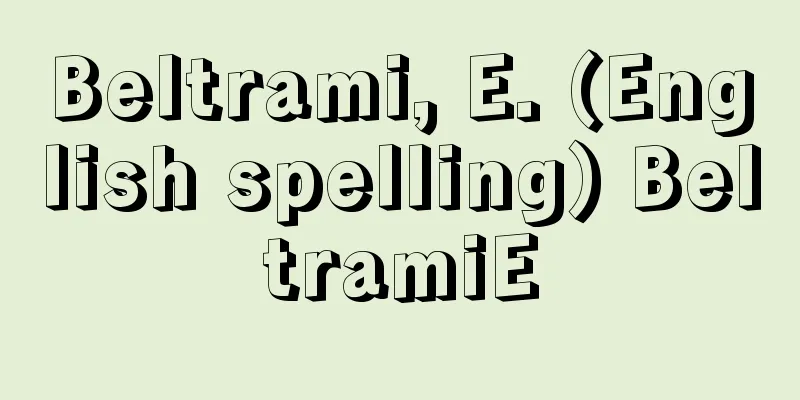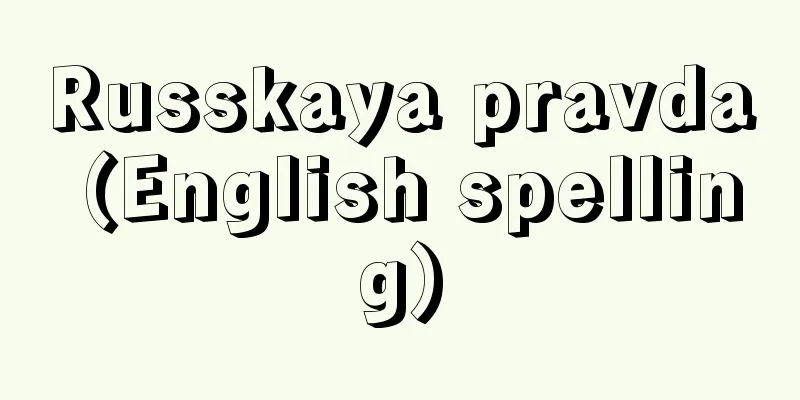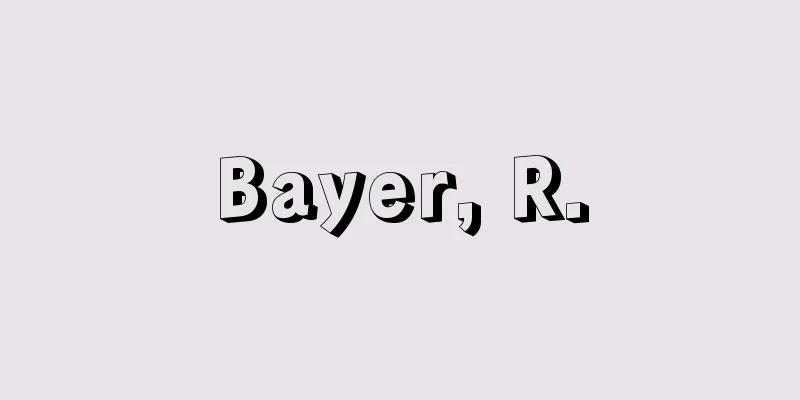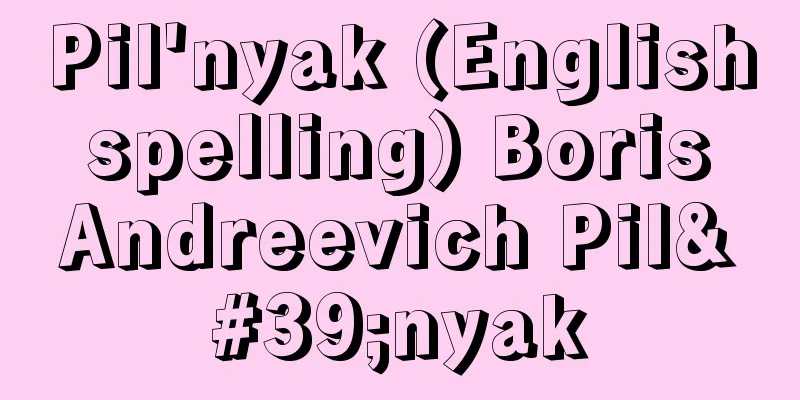Civil Preservation Law - Minjihozenho

|
This law, which regulates trials for provisional attachment and provisional disposition, was enacted in 1989 (enforced in 1991). Prior to the enactment of this law, provisional attachment and provisional disposition were academically called preservation measures and were stipulated separately in the Civil Procedure Code and the Civil Execution Act, but after its enactment, they were integrated into civil preservation (Article 1 of the Civil Preservation Act). The Civil Preservation Act prescribes procedures for preserving rights in the merits of civil litigation, including personal status litigation, but its purpose is to form provisional legal relations in order to prevent the realization of rights in the merits of a civil litigation from becoming impossible or difficult (Article 20, Paragraph 1) or to remove the danger and anxiety that arises for those who assert rights due to a dispute over the rights in the merits of a civil litigation (Article 23, Paragraph 2). The Act is composed of general provisions (Chapter 1), procedures for issuing civil preservation orders (Chapter 2), procedures for preservation execution regarding the execution of preservation orders (Chapter 3), and the effect of provisional measures (Chapter 4). A provisional preservation order is granted upon the creditor's petition. The petition must clearly state the purpose of the petition (what type of provisional attachment or provisional disposition is sought), the right or relationship of rights to be preserved, and the necessity of preservation, and the right or relationship of rights to be preserved and the necessity of preservation must be prima facie shown (Article 13 of the same law). A petition for a civil preservation procedure may be granted without oral argument (Article 3 of the same law) and may be granted by decision (Article 16 of the same law). The debtor may file an objection to a preservative order with the court that issued the order (Article 26 of the same law). After hearing the objection, the court must approve, modify, or revoke the preservative order (Article 32 of the same law). Furthermore, since a preservative order is premised on the pendency of the main case, the court must, upon the debtor's application, order the creditor to file a lawsuit on the main case within a period that it deems appropriate and to submit documents evidencing the filing of the lawsuit (Article 37, Paragraph 1 of the same law). If the creditor fails to submit the documents within that period, the court must, upon the debtor's application, revoke the preservative order (Article 37, Paragraph 3 of the same law). In addition, if there is a change in circumstances such as the right to be preserved being extinguished, the court that issued the provisional disposition order or the court on the merits may revoke the provisional disposition order at the debtor's request (revocation due to change in circumstances, Article 38 of the same law), and if there are special circumstances such as damage that cannot be compensated for by a provisional disposition order, the court that issued the provisional disposition order or the court on the merits may revoke the provisional disposition order at the debtor's request, provided that security is provided (revocation of provisional disposition due to special circumstances, Article 39 of the same law). Furthermore, an appeal against the provisional disposition may be filed against a judgment on an objection to a provisional disposition or a judgment on a petition to revoke a provisional disposition due to non-filing of the merits, etc. (Article 41, paragraph 1, main text of the same law). There are two types of preservation orders: provisional attachment orders and provisional disposition orders. Provisional attachment orders are intended to preserve claims for monetary payment (Article 20 of the Civil Preservation Act). There are provisional disposition orders regarding disputed property (Article 23, paragraph 1 of the Civil Preservation Act) and provisional disposition orders that determine provisional status (Article 23, paragraph 2 of the Civil Preservation Act). Civil preservation orders are executed based on the original preservation order (Article 43, paragraph 1 of the Civil Preservation Act). Provisional attachment is executed by registration of provisional attachment or compulsory management for real property (Article 47 of the Civil Preservation Act), and by possession by a bailiff for movable property (Article 49 of the Civil Preservation Act). The execution of provisional disposition orders is stipulated in the Civil Preservation Act according to their type (Articles 52 and following). [Tetsuo Kato] [Reference] | | | | | | |Source: Shogakukan Encyclopedia Nipponica About Encyclopedia Nipponica Information | Legend |
|
仮差押えと仮処分の裁判を規律する法律で、1989年(平成1)に制定された(91年施行)。同法制定以前は、講学上、仮差押え・仮処分は保全処分とよばれ、民事訴訟法と民事執行法に分かれて規定されていたが、制定後は民事保全(民事保全法1条)として統合された。 民事保全法は、人事訴訟を含む民事訴訟における本案の権利などを保全するための手続を定めるが、民事訴訟の本案の権利の実現が不能または困難になることを防止し(同法20条1項)、あるいは民事訴訟の本案の権利関係について争いがあるためにその権利を主張する者に生じる危険や不安を除去するために(同法23条2項)、暫定的に法律関係を形成することを目的とする。同法は、総則(第1章)、民事保全の命令を発令する保全命令の手続(第2章)、保全命令の執行に関する保全執行の手続(第3章)、仮処分の効力(第4章)から構成されている。 保全命令の裁判は、債権者の申立てにより行われる。申立ての趣旨(どのような仮差押えまたは仮処分を求めるか)、保全すべき権利または権利関係、保全の必要性を明らかにして申立てをしなければならず、保全すべき権利または権利関係、保全の必要性は疎明(そめい)(いちおうの証明)しなければならない(同法13条)。民事保全の手続に関する裁判は、口頭弁論を経ないですることができ(同法3条)、決定により行われる(同法16条)。 保全命令に対しては、債務者は、その命令を発した裁判所に保全異議を申し立てることができる(同法26条)。裁判所は、保全異議を審理した結果、保全命令を認可し、変更し、または取り消さなければならない(同法32条)。また、保全命令は本案の係属を前提とするから、裁判所は、債務者の申立てにより、債権者に対して、相当と認める期間内に本案の訴えを提起するとともにその提起を証する書面の提出などを命じなければならない(同法37条1項)。その期間内に債権者が書面を提出しなかったときは、裁判所は、債務者の申立てにより、保全命令は取り消さなければならない(同法37条3項)。また、保全されるべき権利などが消滅したような事情の変更がある場合には、保全命令を発した裁判所または本案の裁判所は、債務者の申立てにより、保全命令を取り消すことができるし(事情変更による取消し、同法38条)、仮処分命令により償うことのできない損害が生ずるなどの特別の事情がある場合には、仮処分命令を発した裁判所または本案裁判所は、債務者の申立てにより、担保をたてることを条件として仮処分命令を取り消すことができる(特別の事情による保全取消し、同法39条)。なお、これら保全異議の申立ての裁判、本案の不提起などによる保全取消し申立ての裁判に対しては、保全抗告を提起することができる(同法41条1項本文)。 保全命令には、仮差押え命令と仮処分命令がある。仮差押え命令は、金銭の支払いを目的とする債権を保全するためのものである(同法20条)。仮処分命令には、係争物に関する仮処分命令(同法23条1項)と仮の地位を定める仮処分命令(同法23条2項)がある。民事保全の執行は、保全命令の正本に基づいて実施される(同法43条1項)。仮差押えの執行は、不動産では仮差押えの登記または強制管理の方法により(同法47条)、動産では執行官の占有などによる(同法49条)。また、仮処分命令の執行は、その態様に応じて民事保全法に定められている(同法52条以下)。 [加藤哲夫] [参照項目] | | | | | | |出典 小学館 日本大百科全書(ニッポニカ)日本大百科全書(ニッポニカ)について 情報 | 凡例 |
<<: Democratic Socialist Party
Recommend
Perseid meteor shower - Perseus za ryuseigun (English spelling) The Perseids
The Perseid meteor shower is one of the three majo...
Aremonite - Aremonko
...More than 30 kinds of elemental minerals are k...
Kamala (Wild Child)
...This practice is said to have demonstrated the...
Kültepe (English spelling)
An archaeological hill (tepe) on the plateau south...
Megadyptes antipodes
The remaining nine species live in cold waters, m...
space development
...As the need for technology to utilize the new ...
STCW Convention - STCW Convention
…It is a certificate of license for maritime work...
breed
…It refers to a group of crops or livestock that ...
Visconti, U. (English spelling) ViscontiU
…In the first half of the 13th century, the famil...
Miridae (Blind stink bug) - Miridae (English spelling) plant bug
A general term for insects in the Hemiptera (Mirid...
Onion - Onion (English spelling)
The English name for onion. There are many cultiv...
Quatremère de Quincy, AC (English spelling)
… [Changes in concept] The concept of "Baroq...
Bar graph - bar graph
A graph is a chart in which the total quantity is ...
Sea (inkstone) - Umi
...In addition to rectangular, square, circular, ...
Extensive air shower
A phenomenon in which ultra-high energy primary co...


![Kinzig [river] - Kinzig](/upload/images/67d079e444d81.webp)






